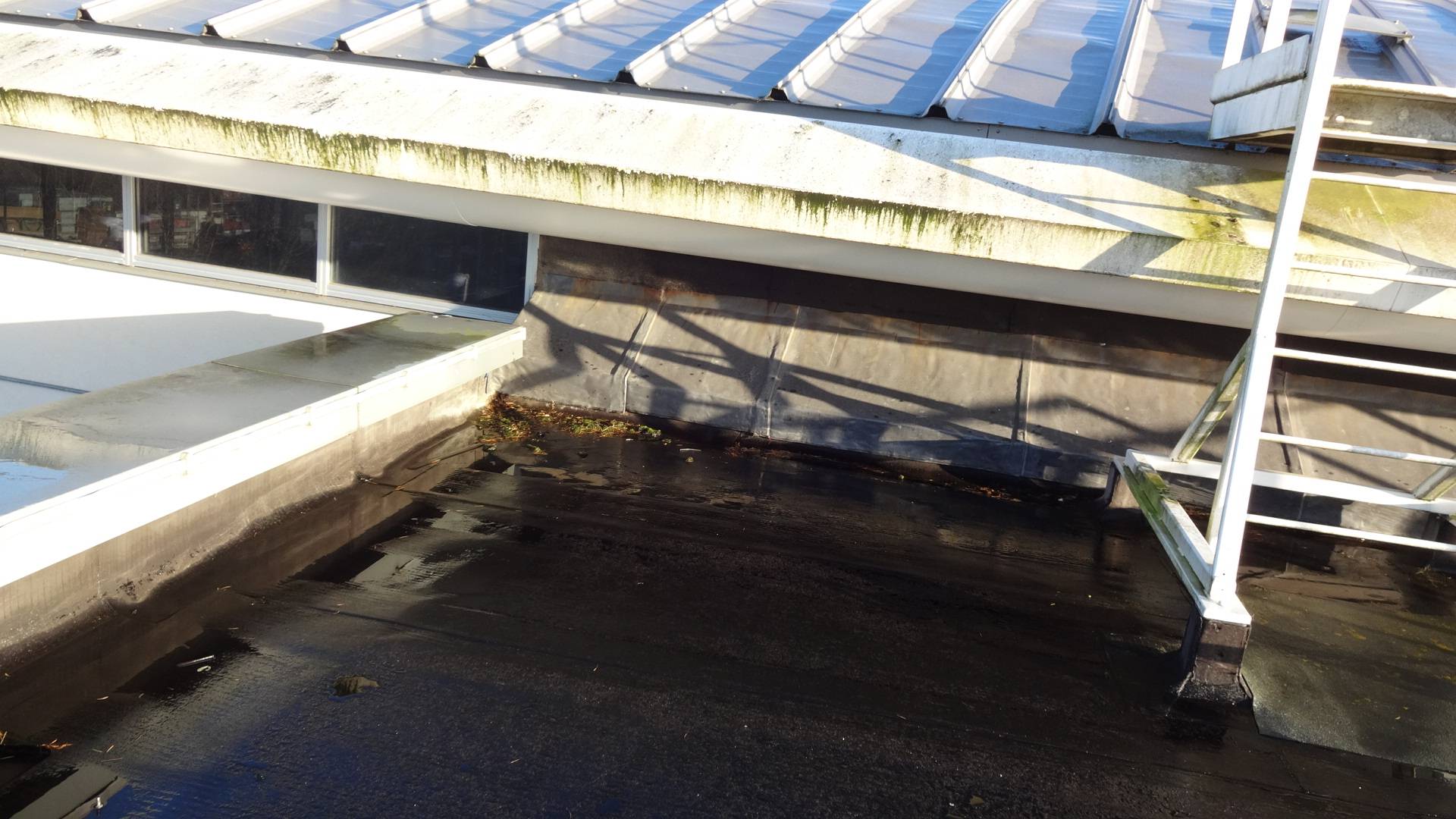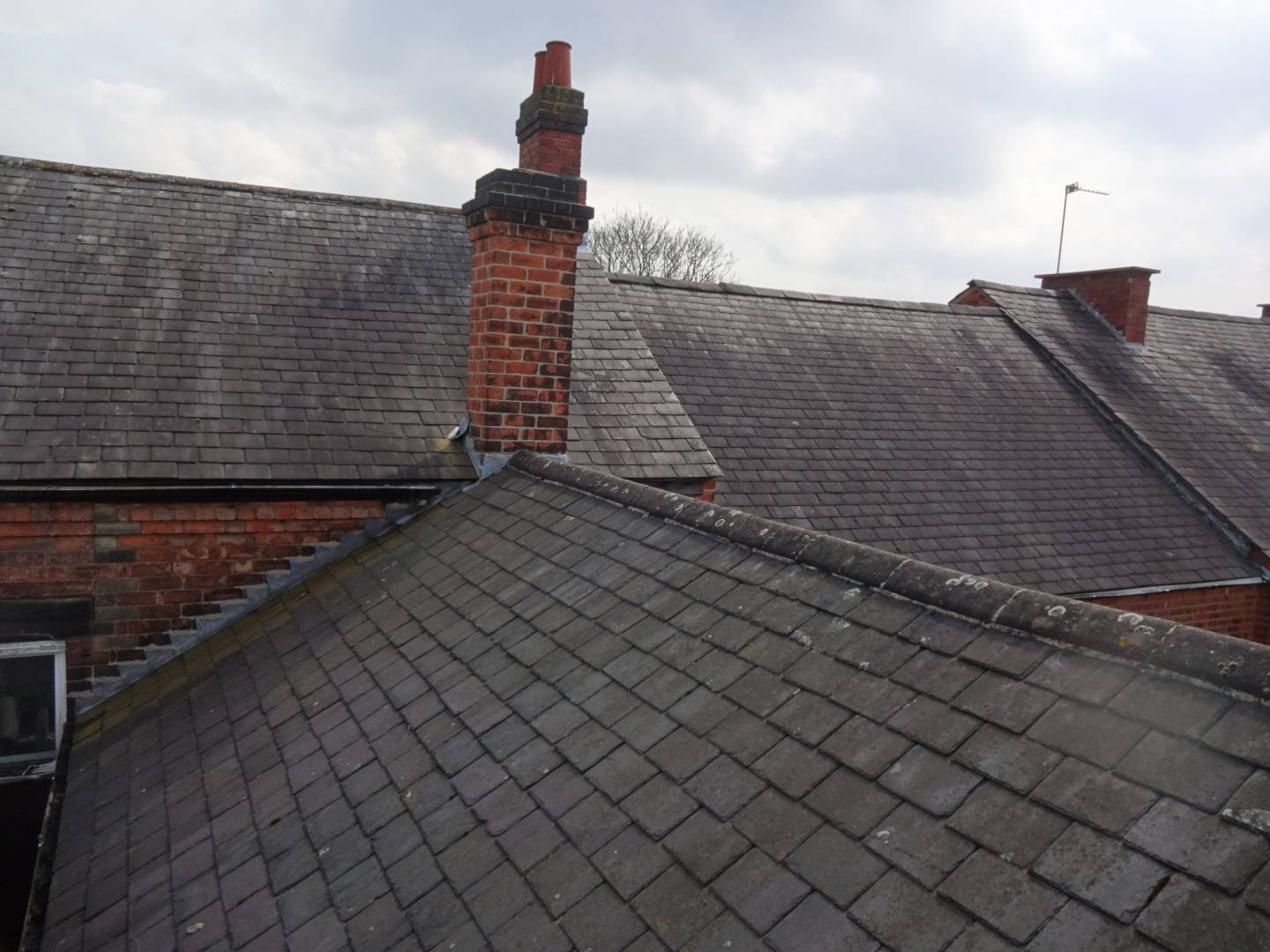If you are leasing an Office - Call us 0800 298 5424 - we will save you money
What is an FRI Lease?If you decide to lease a commercial property you need to be aware of the potential costs you could incur during the process. When you take on a lease you will find that the majority of the time you will be taking on a Full Repairing and Insuring lease (FRI Lease). This means that you are responsible for any repairs, the re-decoration and statutory regulations on the termination of the lease. Usually this type of lease means that the landlord is able to pass on most of the costs of upkeep and repair to the tenant which in turn ensures a good investment for themselves. An FRI lease basically requires that you return the property at the end of the lease in the condition stated in the lease and not in the condition it is in when you take it on. That is why a Schedule of Condition carried out by an Independent Chartered Surveyor is so important and should be appended to the lease. The Schedule of Condition gives a true record of the condition of the property when you lease it and gives you the power to negotiate with the landlord and reduce your liability. Remember if the schedule of condition identifies that the property is in poor condition there are a couple of options available to you. 1. The landlord carries out the repairs etc before you move in 2. Certain items can be excluded from the repair obligation in the lease, for example, the roof. Both of these options would need to be negotiated and agreed with the landlord. |
Roofs can be excluded from an FRI Lease. A Schedule of Condition gives you the power to negotiate |
Yield Up Clause - what does it mean?
It is normal for a Yield Up clause to be included in a lease as it protects the Landlord from losing a future rental income and also makes the tenant aware of what alterations to the property will be required at the end of the lease via the repairing and redecorating covenants within the lease. The tenant may also have to remove any partitions they have added to the property and other alterations that they have carried out to leave the property in the condition specified in the lease.
When taking on a lease the rule of thumb is to take into account the following terms:-
1. Repairing
Without negotiating this will basically require the tenant to be responsible for repairs to the building externally and internally. As mentioned above there are ways of negotiating better terms and would require a Schedule of Condition to be appended to the lease.
2. Redecoration
A lease will usually require redecoration to take place at specified intervals, i.e.every three or four years and also at the end of the lease when yielding up the premises. The latter is often within the last three months of the lease and often the colours used would have to be agreed by the Landlord.
3. Reinstatement
A lease usually contains terms which set specific reinstatement obligations and usually require that all alterations made by the tenant are removed before the tenant vacates the premises at the end of a lease. The cost of this could be considerable if partitions, shelving, storage cupboards etc are removed as it could also incur the cost of replacing flooring, repairing damage to walls including re-plastering.
4. Regulation Statutes
Some alterations carried out by the tenant may be able to remain in place. This will apply if the changes are required by legislation such as the Disability Discrimination Act.
Never take on an Office Lease without a Schedule of Condition
We are Independent Office Surveyors with many years of experience of surveying all types of offices from the converted house style office to the purpose built office.
For help and advice from an Independent Office Surveyor please
Free phone
0800 298 5424



